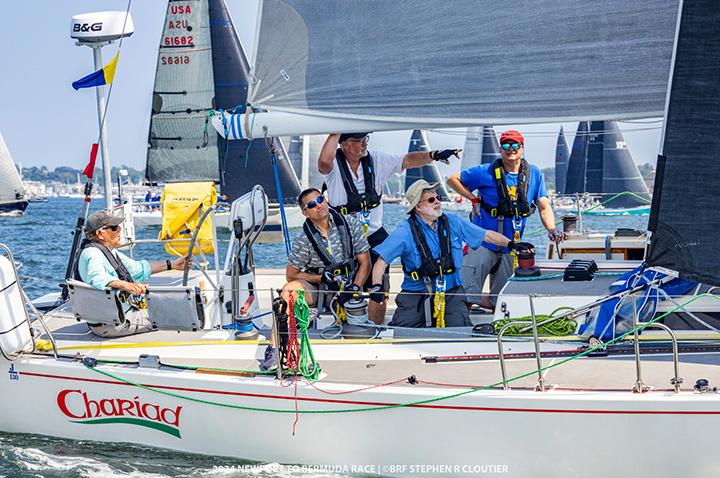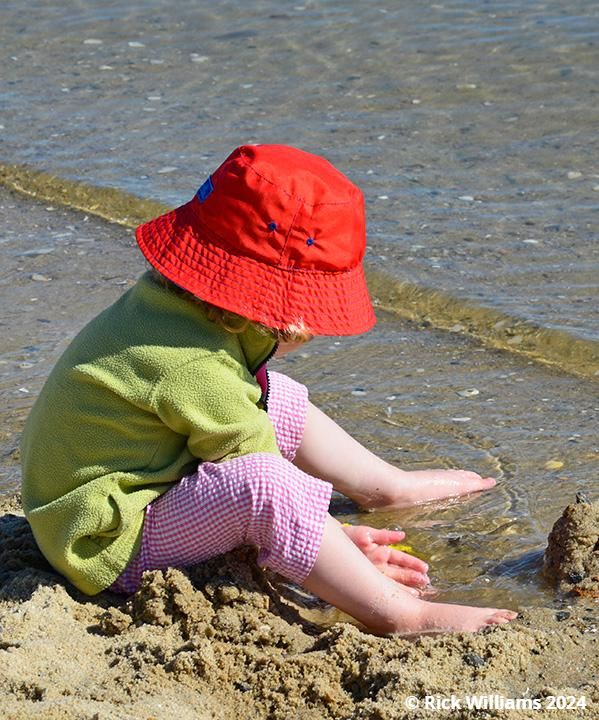My Experience Racing to Bermuda

You probably read my last newsletter as I was starting the 636 mile sailboat race from Newport, RI, to Bermuda on my J 130 CHARIAD. Now that I am back, I want to share that experience with you.
This is not a sailboat racing newsletter, but you will know more about my life experience and leadership lessons from the challenges I experienced.
The Race to Bermuda
170 boats started from Newport in light wind on June 21. The race’s challenge is finding the fastest course to Bermuda as the wind patterns change over three or four days and navigating across a complex maze of Gulf Stream currents and eddies. And yes, sailing the boat as fast as possible 24 hours a day.
After slow progress in very light wind off Rhode Island, the wind built to 20 to 30 knots from the Southwest. As the wind speed came up, the waves built higher and higher. Sailing close to the wind in pounding waves searching for favorable Gulf Stream currents was the race to Bermuda. We were competitive in our class. Our speed and performance relative to other boats improved as we mastered the conditions.
No big storm crossed our path, but two boats sank in the harsh conditions, and another sank, coming home. A hundred miles from Bermuda, the backstay adjuster on my boat failed. The mast did not come down, but we lost control of the mast that is required for racing in these conditions.
I made sure everyone was safe, and we could manage the boat. I then, reluctantly, decided to withdraw from the race. CHARIAD was one of 13 boats that withdrew before finishing.
The Decision
We had crossed 500 miles of the Atlantic Ocean. With 100 miles to go, the choice I had was – keep racing or stop racing. In lighter wind, we probably could have secured the mast and kept going. We would not have had the close to top finish I believe was in the cards, but we would have done okay.
The crew on the boat and others on shore worked for six months preparing the boat, training, managing relations with the race committee and US and Bermuda customs, securing onshore accommodations, getting provisions, etc. We were excited by the challenge, and I believe each team member understood and accepted the risks that came with mastering this challenge. We executed on our plan to compete in the race. Getting to the Starting Line and racing competitively to within 100 miles of Bermuda was a huge accomplishment for the team and for each crew member on the boat.
Racing to Bermuda in a 43-foot sailboat is dangerous. We train for the possibility that the boat will sink. For most of the race, we were far beyond the rescue range of the Coast Guard. No one would come 100 miles from Bermuda and tow us to the island if the boat was disabled.
We might have been able to jury-rigg partial control of the mast, allowing us to continue towards the race’s Finish Line. But we would not be “competing” but simply continuing so we could say we “finished the race.” My perception of the balance between risk and reward changed after we lost complete control of the mast. Risking the crew and the boat to go the next 100 miles and straggle across the finish line was not worth the risk.
After talking the options over with the crew, I decided to withdraw. We sailed and motored the last 100 miles to Bermuda. I am OK with my decision.
For more on leadership lessons I have drawn from my sailboat racing, check out my article published in CEOWorld entitled Everything I Know About Leadership I Learned on my Sailboat.
Summer at the Beach
Sand and water are all we need to experience the joy of summer at the beach.
